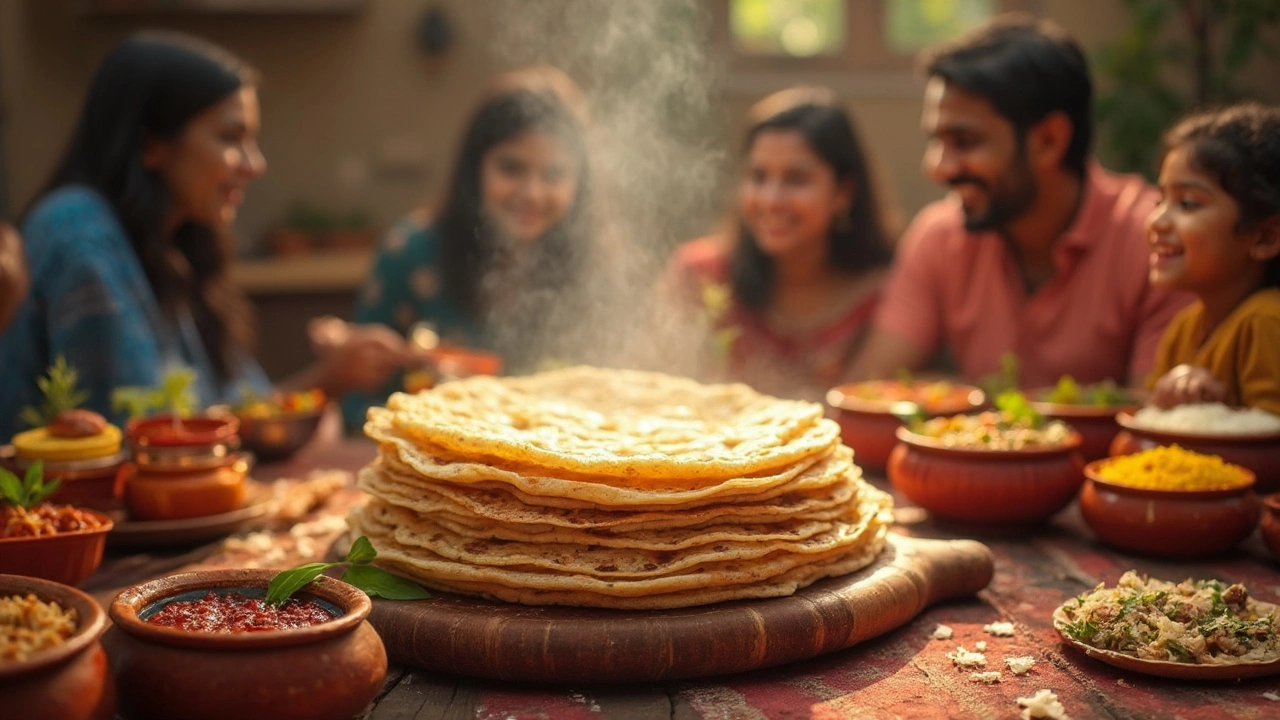Weight Control with Roti – Simple Tips for a Balanced Diet
When working with weight control with roti, the practice of keeping calorie intake in check while still enjoying a staple Indian flatbread. Also known as roti diet, it helps balance carbs, fiber, and protein in everyday meals. The core of this approach is roti itself – a thin, whole‑grain bread traditionally made from whole wheat flour. By tweaking portion size and the cooking method, you can keep the dish light without losing flavor.
This tag collection brings together articles that explain how roti fits into a calorie‑smart plan. You’ll find posts on making softer rotis with a pinch of oil, using baking soda for a fluffier texture, and why skipping the puff isn’t a failure. There’s also coverage of the nutritional trade‑offs between different flours, how to pair roti with high‑protein dals, and quick tricks to control carbs without sacrificing the comforting feel of a fresh chapati. Each piece spotlights a specific angle – whether it’s the science behind a perfect puff, the role of lemon juice in digestion, or the impact of added baking powder – giving you actionable steps to keep your meals balanced.
Ready to dive into practical tips, myth‑busting facts, and easy adjustments that let you enjoy roti while staying on track? Below you’ll discover a curated set of guides that walk you through every detail, from dough preparation to smart serving ideas, so you can master weight control with roti without missing out on taste.

How Many Rotis Can You Eat Without Gaining Weight?
Eating rotis, a staple in Indian diets, can be healthy and satisfying, but monitoring calorie intake is crucial to avoid weight gain. Understanding the calories in 1 roti, especially when consumed with sabzi or ghee, helps maintain a balanced diet. Learn practical tips and strategies to enjoy rotis without compromising your weight goals.